Tobe
Editor's Column "Craft Production Regions" VOL.4 AD
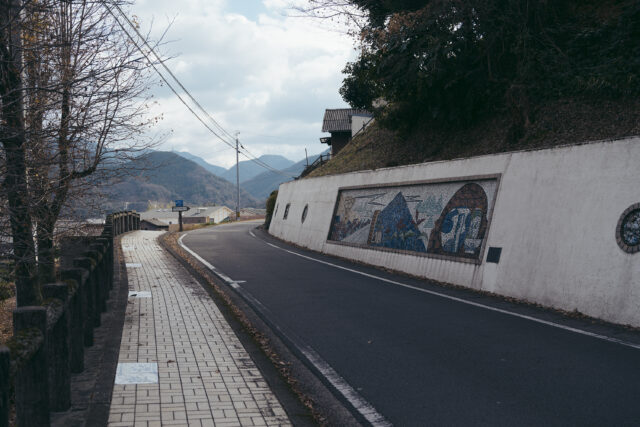

VOL.1-4
Update
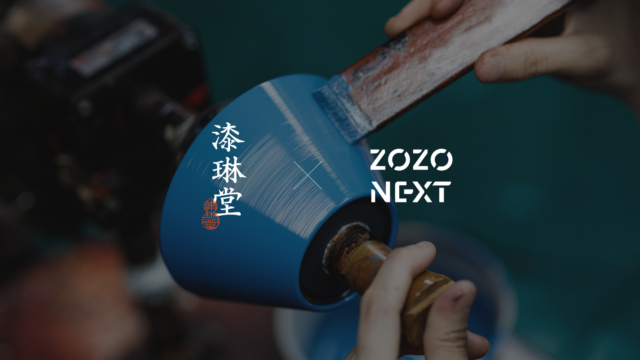
VOL.1-19
Update
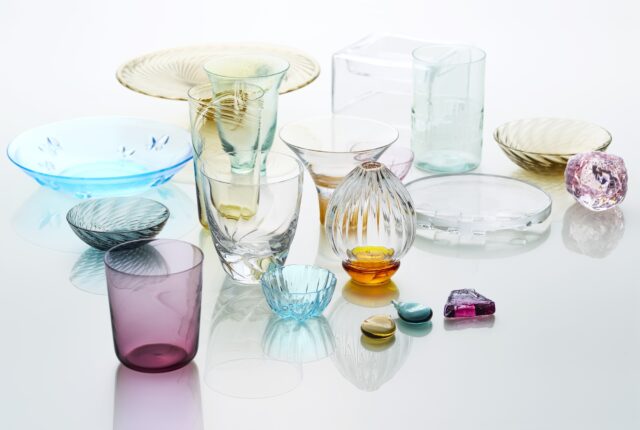
VOL.1-17
Update
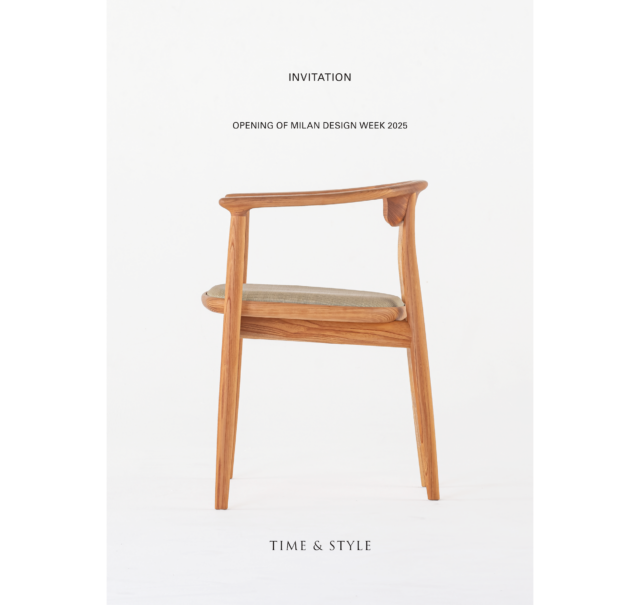
VOL.1-43
Update
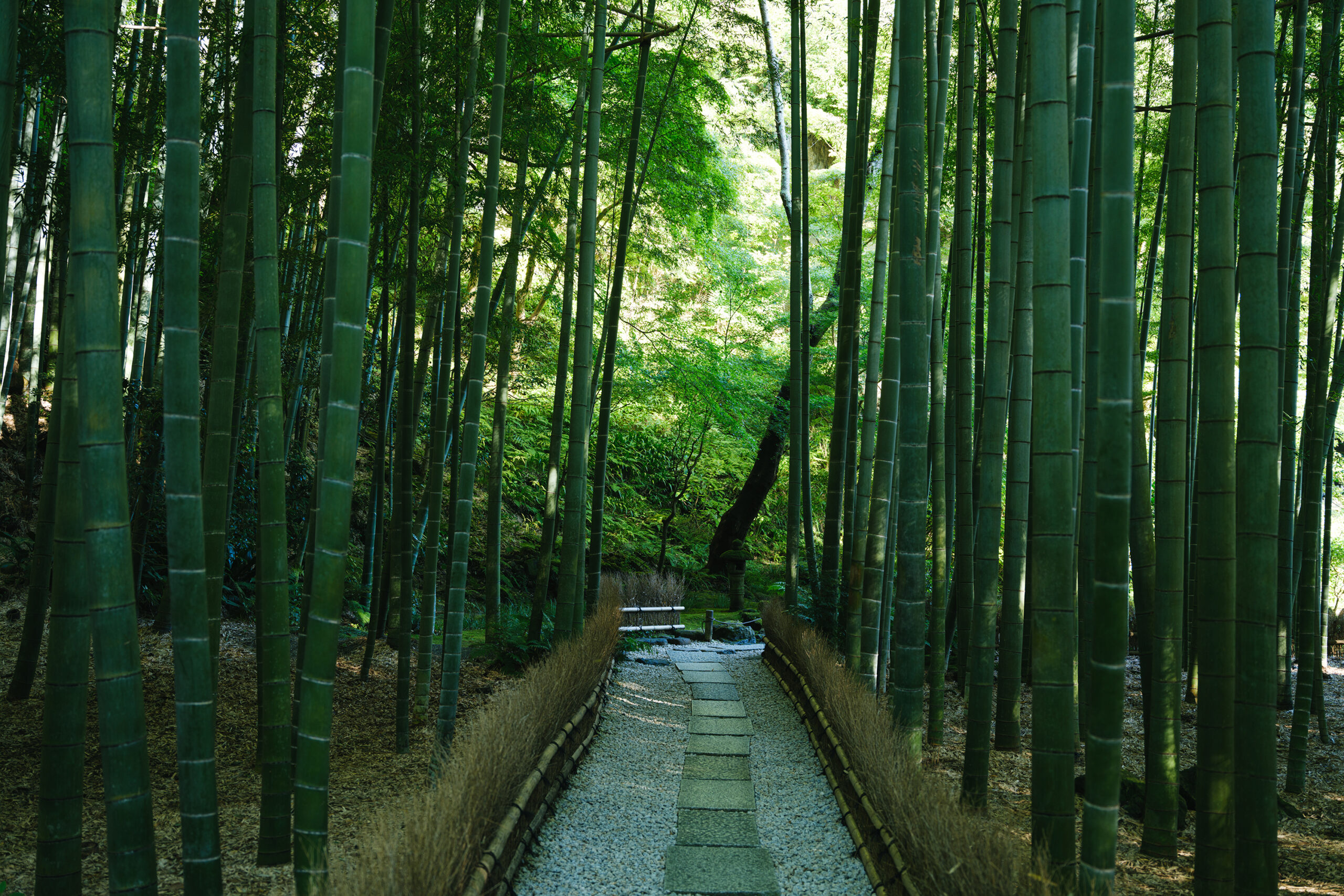
VOL.1-2
Update
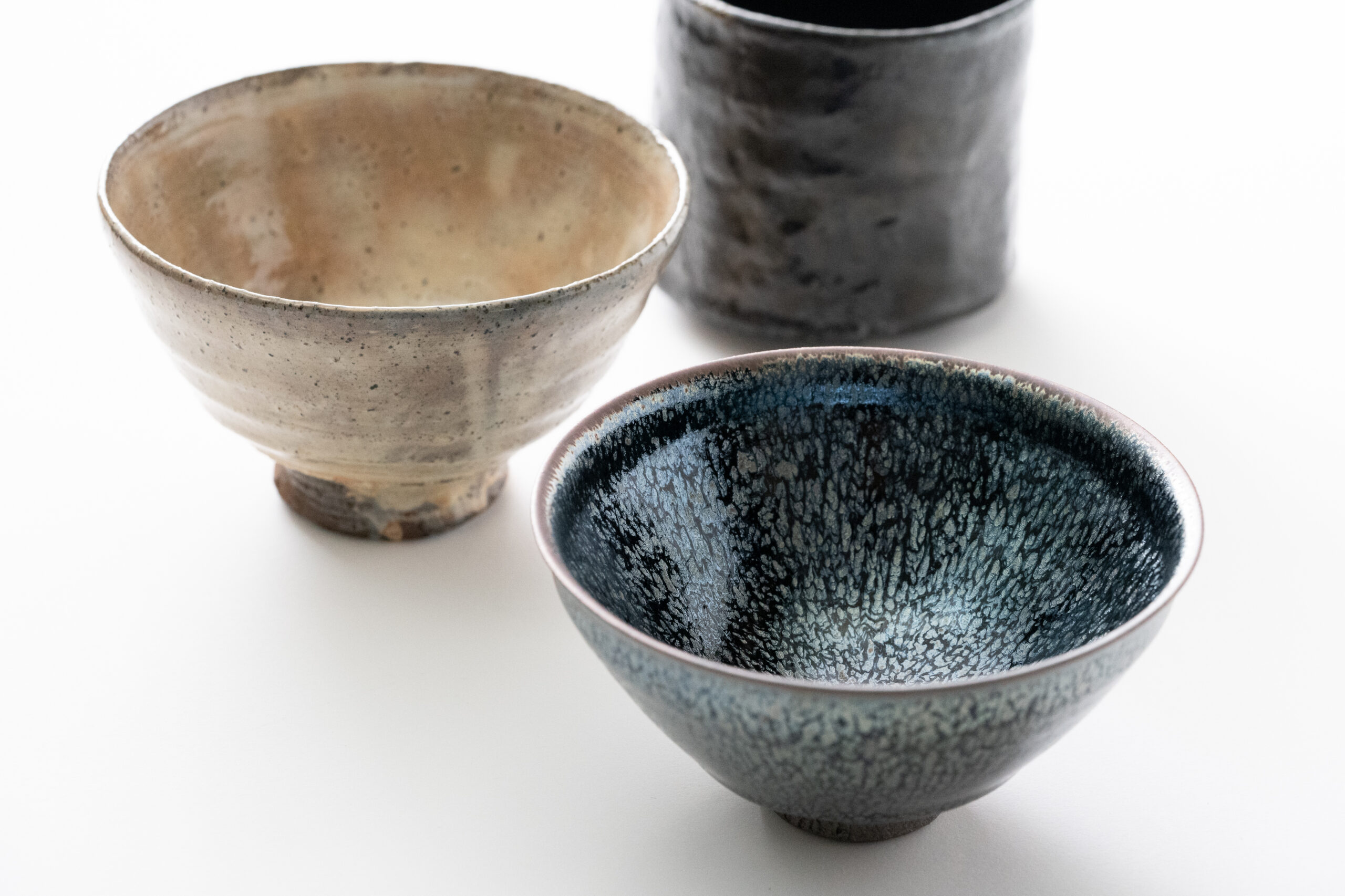
VOL.1-3
Update

VOL.1
Update

VOL.1-7
Update
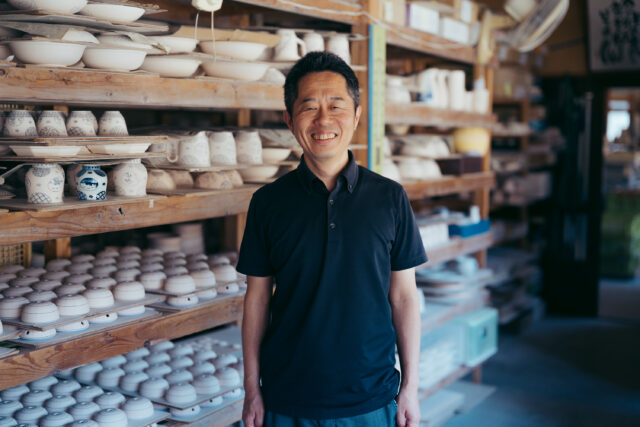
VOL.1-32
Update
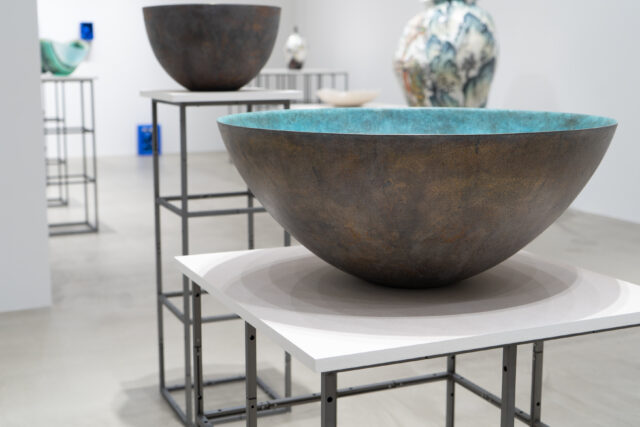
VOL.1-26
Update
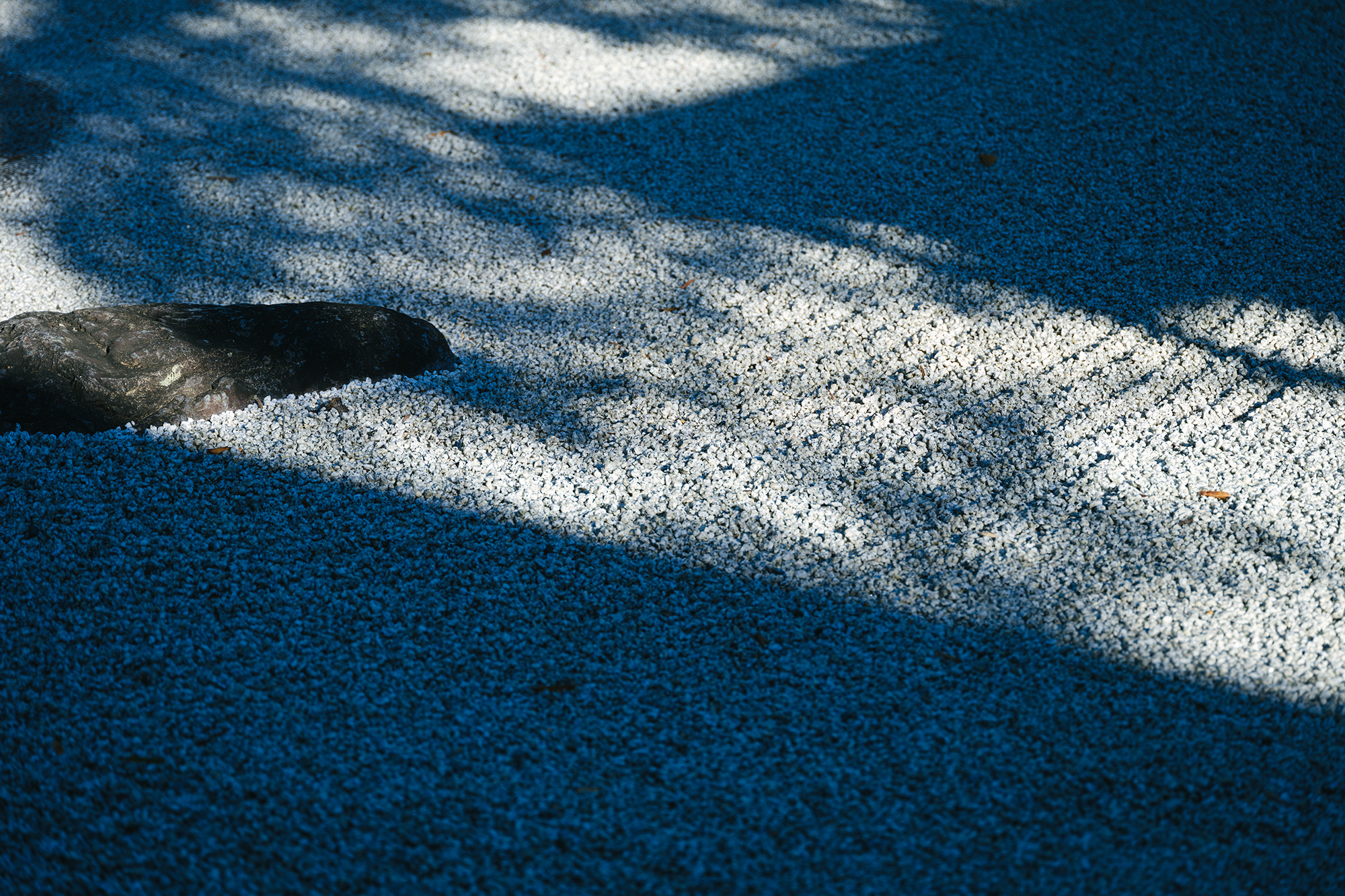
VOL.1-12
Update
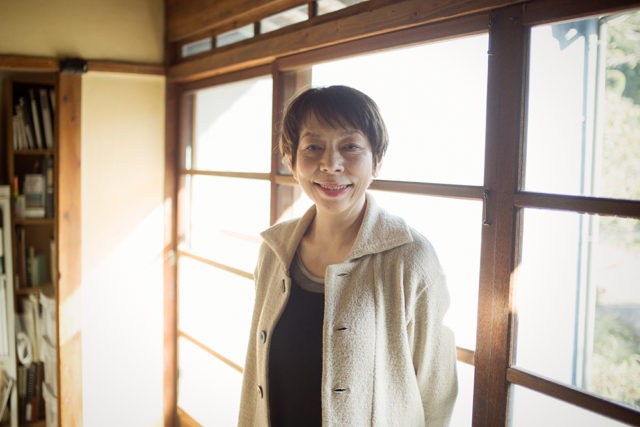
VOL.1
Update
We share a variety of information and perspectives on Japanese crafts, including exhibition information and interviews.
Editor's Column "Craft Production Regions" VOL.4 AD
KOGEI Topics VOL.19
New Products VOL.17
Featured Exhibitions & Events VOL.43
Apr 5 – Jun 22, 2025
SEIKADO BUNKO ART MUSEUM
Apr 8 – May 6, 2025
The Gotoh Museum
Apr 11 – Jun 15, 2025
Kyoto City KYOCERA Museum of Art
Apr 12 – Jun 29, 2025
TOGURI MUSEUM OF ART

Long ago, the Iga region lay beneath Lake Biwa. Iga ware is made by firing the high-quality, highly refractory clay of this region at high temperatures. The unique design of Iga ware, including not only the vidro glaze created by ash during firing, but also the intentionally distorted shape, the pair of ear-like handles on each side, the pattern created by the spatula, and the burnt finish, attracted the tea masters of the Momoyama period (1573 – 1603), and many water jars and vases were created. Iga ware from this period is called Ko-Iga (“Old Iga”).
Born and raised in the Iga region in a pottery family, Takashi Tanimoto is a leading artist in Iga ware, expressing an aesthetic characteristic of Ko-Iga known as “hacho-no-bi,” or the “beauty in discord,” with his own sensibility. His Iga Flower Vase with Handles, made in the modern age by an artist well known for his originality in modeling, have a fresh and charming shape while also remaining rooted in the tradition of Ko-Iga. The clay surface, with visible and hidden grains of stone, is covered with a discreet green glaze, and exhibits a bold burnt surface at the base. The work is filled with a powerful sense of beauty that respects the freedom and individuality that has lived on in the Iga region for generations.